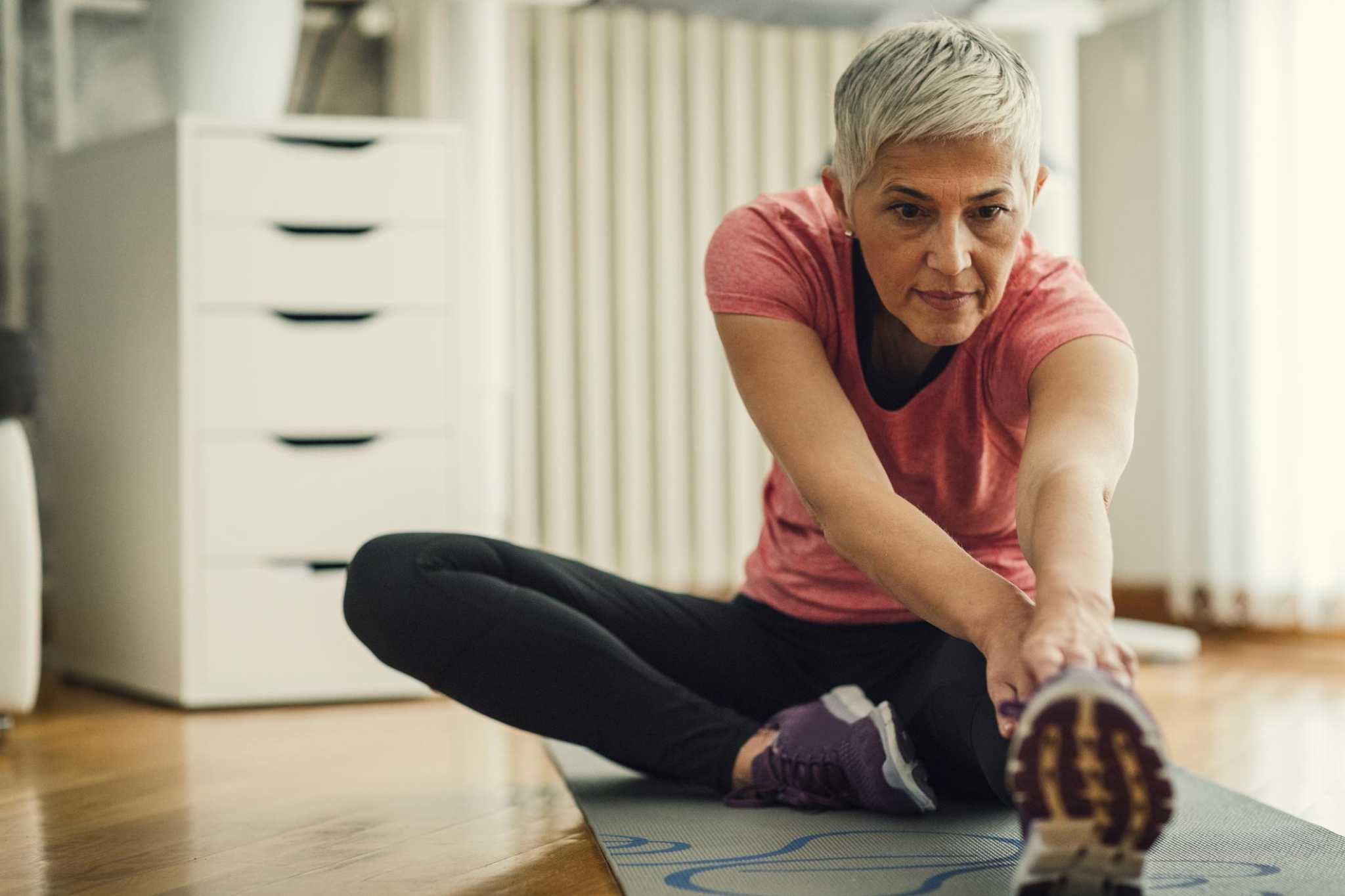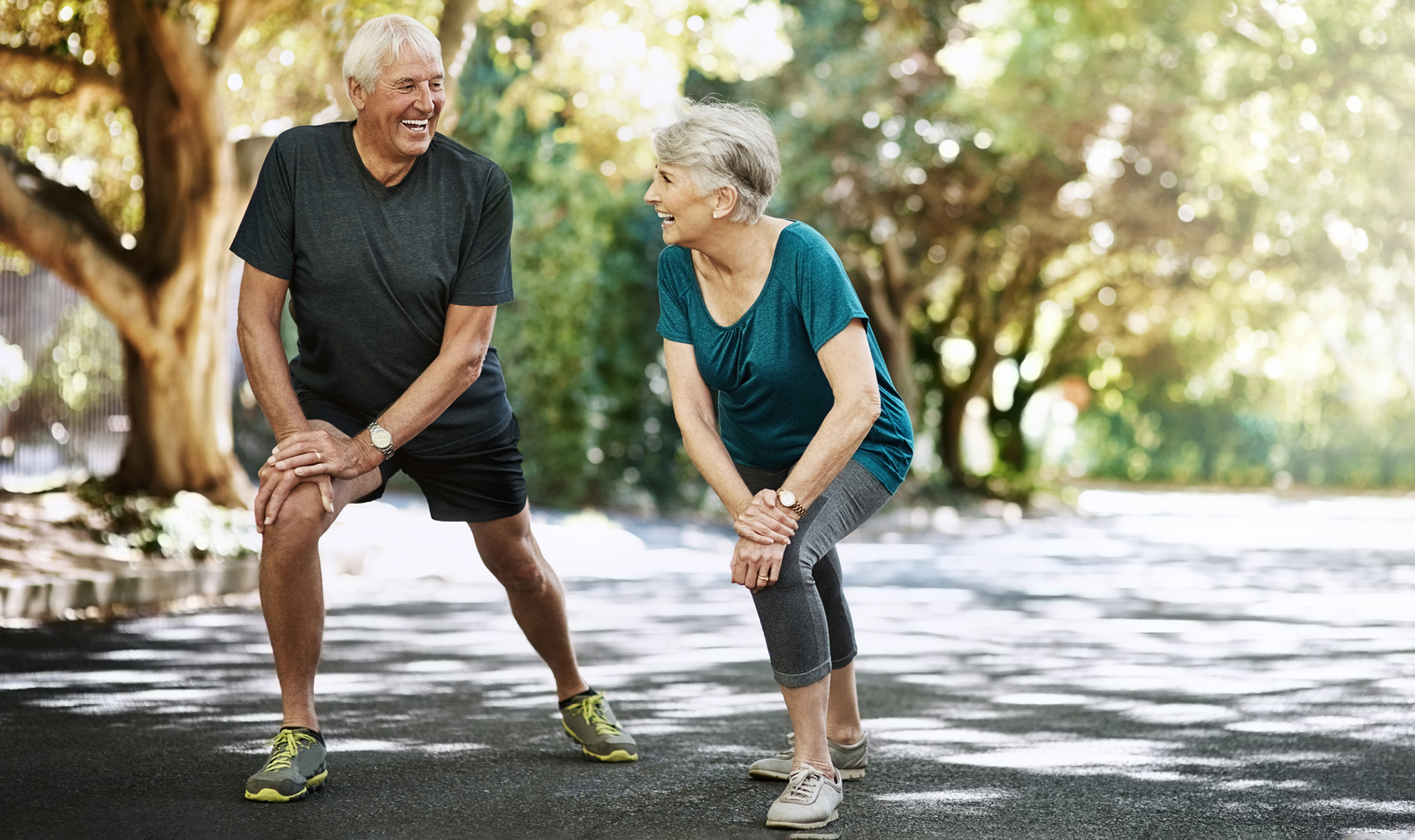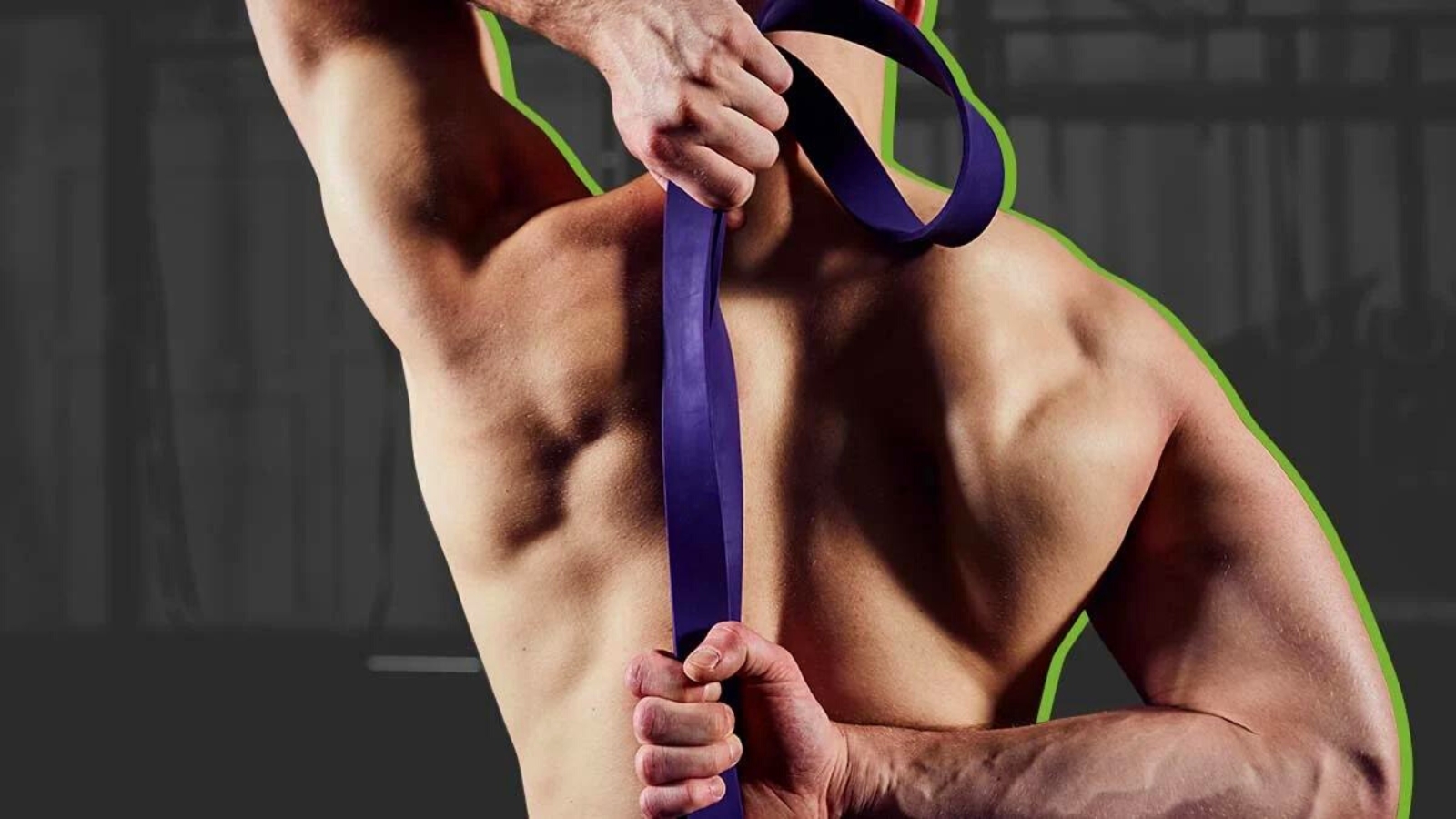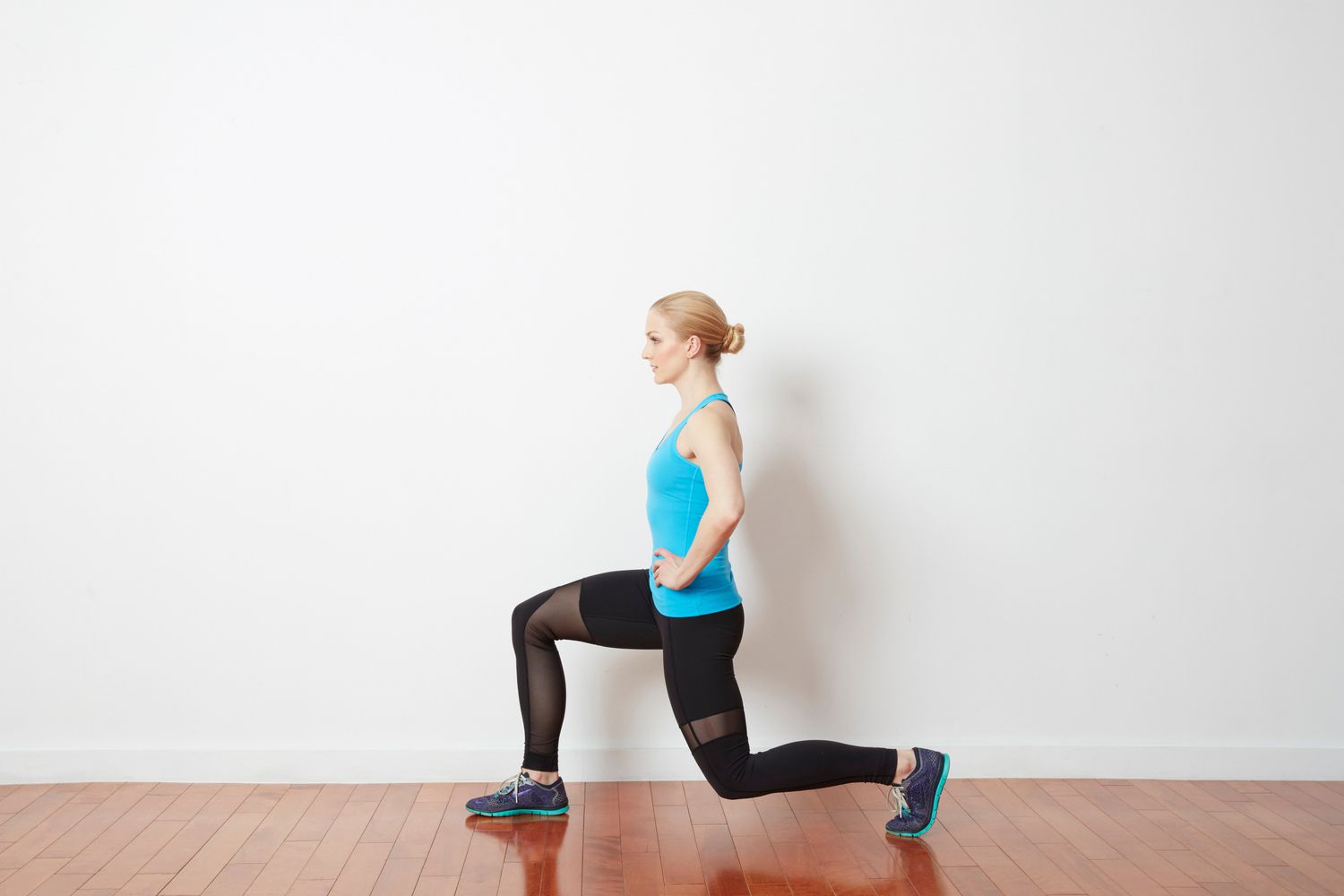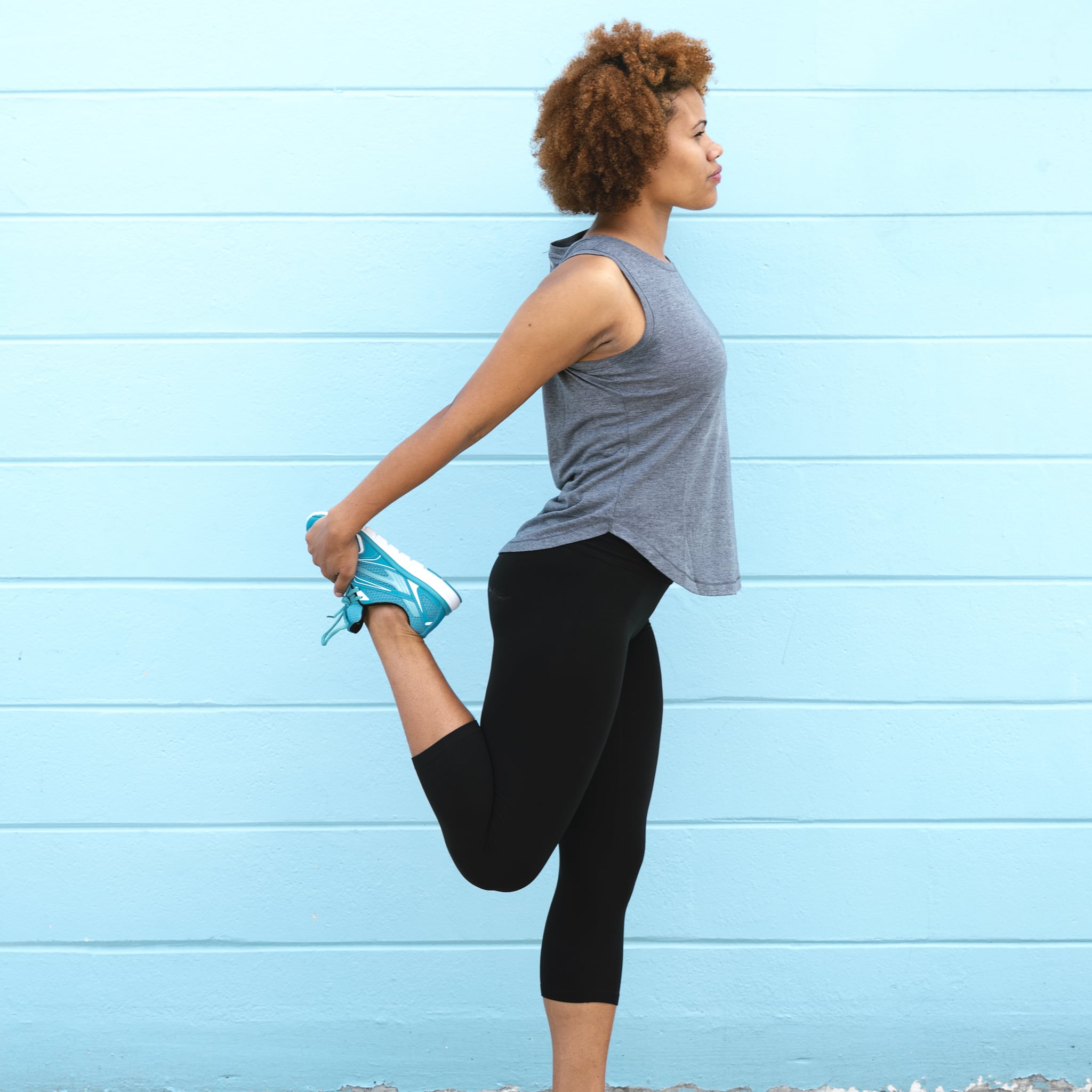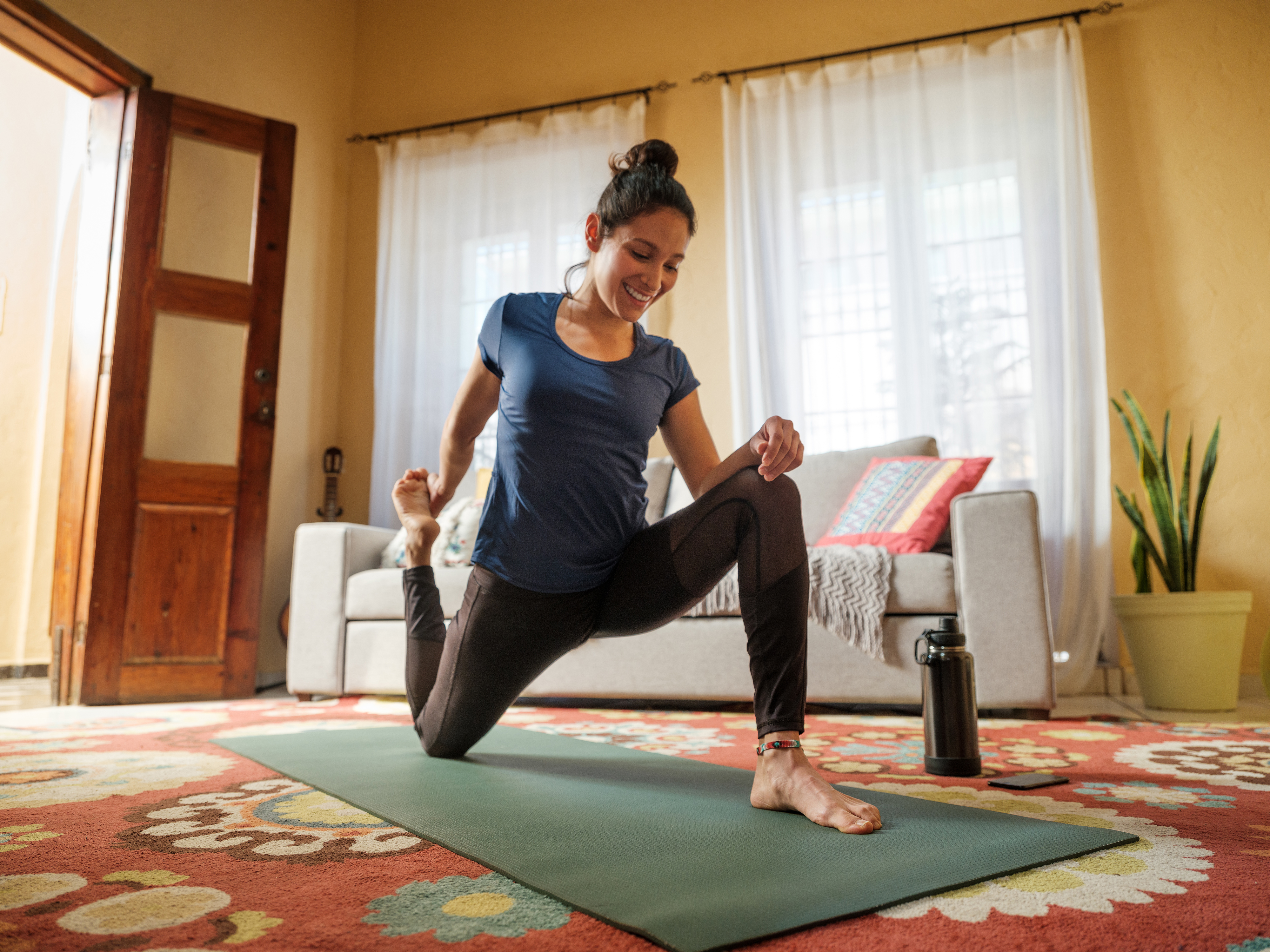
Joint health is a crucial aspect of overall well-being, influencing your daily activities, flexibility, and comfort. A key goal for many individuals is to increase joint elasticity and mobility, promoting an active and pain-free lifestyle.
This article will delve into the importance of joint health, exploring various strategies, exercises, and lifestyle changes that contribute to enhancing joint elasticity and mobility.
What Is Joint Mobility?
A joint's range of motion is called mobility. Thus, it is joint mobility along functional axes. Another key term is joint stability, which is the capacity of a joint to retain a position for a particular duration.
Factors Affecting Flexibility
- Genetic Makeup- Their genetics heavily influence an individual's innate flexibility.
- Aging - Flexibility tends to decrease as a person gets older.
- Previous Injuries - Injuries, along with factors like pain and the presence of scar tissue, can restrict one's range of motion.
- Hormonal Changes - Pregnancy-related hormonal shifts can enhance the flexibility of connective tissues within the body.
- Gender- Females generally exhibit greater flexibility compared to males.
Factors Affecting Mobility
- Joint Structure- The specific structure of joints in the body can determine the range of movements they allow.
- Aging- Joint mobility typically diminishes as individuals age (4).
- Soft Tissue Flexibility - Adequate elasticity in muscles, tendons, and ligaments is crucial for achieving a complete range of motion.
- Overall Health- Certain health conditions can have a significant impact on an individual's mobility.
- Body Composition- The presence of excess fat or excess muscle can influence a person's ability to move effectively.
Tips For Promoting Joint Mobility
Now that you know what parts of your body contribute to joint mobility, you can take the necessary steps to increase your range of motion.
Stretching
If you want more mobility in your joints, this is THE thing to perform on a daily basis. This is simple to include in your regular schedule first thing in the morning. The mobility of your joints and the health of your muscles both gain from this. Static stretching and ballistic stretching are the two most common forms. The purpose of stretching is to increase muscle and tendon elasticity.
When stretching statically, you hold an extensive range of motion in a joint for 30-60 seconds and repeat the stretch 2-3 times. Even though it may hurt a little, this sort of stretching is great for increasing your range of motion in the muscles.
Ballistic stretching, on the other hand, consists of a movement of tremendous amplitude repeated 10 to 15 times for each side of the body. Ballistic stretching may be used as a warm-up before physical exercise.
Improving The Quality Of Joint Components
A massage or foam roller used to relax the muscles around the joints may have a direct effect on the quality of the structures that contribute to joint mobility.
Synovial fluid (lubricant inside the joints) and other components, such as tendons, may be preserved with frequent physical activity and maintaining hydration.
Performing Full Range Of Motion Exercises
By putting your joints through a variety of motions, you increase their stability and range of motion, allowing your bodies to adapt more quickly to novel situations.
Sports such as yoga or Pilates provide the chance to find new ranges of motion for crucial joints such as the hips, knees, and shoulders. In addition, these activities may be done under supervision, and adaptations of the same exercise can be recommended for people of varying physical abilities.
You can find yoga courses on YouTube for free. You may also get Yoga apps for your phone or tablet and utilize them to get in shape.
Taking Supplements For Joint Health
Genacol provides a wide selection of joint health dietary supplements. AminoLock Collagen, included in your Genacol Plus product, promotes cartilage regeneration inside the joints, and glucosamine, found in the product, enhances the quality of synovial fluid, which is crucial to the correct functioning of the joints.
What Is Elasticity?
Gummerson describes it as "the absolute range of movement in a joint or series of joints that is attainable in a momentary effort with the help of a partner or a piece of equipment." This definition shows that elasticity is joint-specific. That some individuals are naturally flexible throughout their bodies is a misconception.
Being flexible in one joint does not indicate elasticity in another. A "loose" upper body does not guarantee a "loose" lower body. Additionally, SynerStretch states that joint elasticity is "specific to the action performed at the joint (the ability to do front splits doesn't imply the ability to do side splits even though both actions occur at the hip)."
Types Of Elasticity
The idea that there are various degrees of adaptability is often overlooked. Various forms of elasticity are categorized here according to their respective training applications. Differences between dynamic and static systems include the presence or absence of motion. There are many distinct varieties of adaptability.
Dynamic Elasticity
The capacity to move a limb through its complete range of motion in the joints by dynamic (or kinetic) muscle activity constitutes dynamic elasticity.
Static-active Elasticity
The capacity to adapt and hold extended postures utilizing just the tension of the agonists and synergists while the antagonists are stretched is known as static-active elasticity or active elasticity. For instance, raising one's leg and holding it in the air using just one's leg muscles.
Static-passive Elasticity
Static-passive elasticity (sometimes termed passive elasticity) is the capacity to take extended postures and then hold them using just your weight, the support of your limbs, or some external device (such as a chair or a barre).
Keep in mind that, unlike static-active elasticity, the capacity to hold the posture does not originate only in the muscles. Being able to do the splits demonstrates dynamic-passive adaptability.
Factors Limiting Elasticity
Internal Factors
- Depending on the joint's design (certain joints aren't designed to be bent or twisted).
- Internal bony structures that restrict motion in a joint, the flexibility of muscle (injured muscle is less flexible than healthy muscle).
- Ligament and tendon elasticity (ligaments should not stretch, and tendons seldom do)
- Skin's elastic properties (skin is elastic to a limited extent).
- The extent to which a muscle may flex and extend while under tension.
- Joint and surrounding tissue temperature (increased body temperature of 1-2 degrees produces a more excellent range of motion in joints and muscles).
External Influences
- The ambient temperature of the training area (a warmer temperature promotes flexibility training).
- Time of day (people often have greater leeway in the afternoon, namely between the hours of 2:30 and 4:00).
- Age (children and teenagers are more adaptable than adults).
- One's skill in a given task (as the saying goes, "practice makes perfect").
- Determination to develop adaptability.
- Any equipment or garment limitations.
Benefits Of Improved Joint Mobility
Social media is buzzing about mobility training: Over 35 million people have seen #mobilityTikTok videos advocating stretching workouts to feel more flexible and mobile.
Mobility goes beyond flexibility or stretching. Mobility and flexibility are connected, but they impact athletics and injury risk. Mobility requires muscular flexibility to move over a complete range of motion.
Flexibility and stretching lengthen muscles, but mobility goes farther. Mobility training improves mobility and performance by improving joint and muscle range of motion. Mobility helps you work harder, recover quicker, and perform better.
Mobility is another fitness trait. In the early phases of interaction, the trainer evaluates it together with flexibility, strength, power, and aerobic fitness. We must get this right. This is usually done using movement screens and observations.
Effortless Range Of Motion
Improved joint mobility means saying goodbye to stiffness and embracing a fluid range of motion. Whether it's reaching for something on a high shelf or bending down to tie your shoelaces, everyday movements become effortless and graceful.
Pain-Free Living
One of the most significant benefits of enhanced joint mobility is the reduction of pain. Stiff joints often contribute to discomfort and aches.
By improving mobility, you're creating an environment where joints can move smoothly, minimizing the likelihood of pain and discomfort in your daily activities.
Posture Perfection
The relationship between joint mobility and posture is undeniable. As joints become more flexible, maintaining good posture becomes second nature.
The spine aligns more naturally, and the shoulders sit comfortably back, contributing to an overall more confident and healthier posture.
Boosted Energy Levels
Believe it or not, improved joint mobility can give you an energy boost. When your joints move freely, your body expends less energy on simple movements, leaving you with more vitality for the activities you love.
It's a subtle yet transformative aspect of increased joint mobility.
Injury Prevention
Flexible joints are resilient joints. When your joints can move through their full range without resistance, the risk of injury significantly decreases.
Whether you're an athlete or simply navigating daily life, improved joint mobility acts as a protective shield against strains and injuries.
Enhanced Circulation
Efficient joint movement promotes better blood circulation. As joints flex and extend, blood flow to the surrounding tissues improves, delivering essential nutrients and oxygen.
This enhanced circulation not only benefits joint health but contributes to overall cardiovascular well-being.
Mood-Boosting Effects
Believe it or not, there's a psychological component to joint mobility. The freedom of movement experienced with enhanced joint flexibility can have a positive impact on your mood. It's a subtle connection between physical well-being and mental harmony.
Quality Sleep
Improved joint mobility can translate into better sleep quality. Reduced discomfort and the ability to find comfortable sleeping positions contribute to a more restful night's sleep. As joints move effortlessly, your body can relax more deeply during periods of rest.
Exercise And Stretching For Joint Mobility
Joint mobility is not a static trait; it's a dynamic quality that can be nurtured and enhanced through deliberate exercises and stretches.
Dynamic Warm-ups - Preparing Joints For Action
Before diving into intense exercises, consider incorporating dynamic warm-up routines. These include gentle movements that take joints through their full range of motion, lubricating them and preparing them for more strenuous activities.
Dynamic warm-ups contribute to improved joint flexibility and reduce the risk of injury during workouts.
Yoga And Tai Chi For Joint Health - Harmony Of Body And Mind
Yoga and Tai Chi are ancient practices renowned for promoting joint health. Through intentional movements, these disciplines enhance flexibility, balance, and strength, fostering a harmonious connection between body and mind.
The slow, controlled motions of Tai Chi and the diverse poses of yoga are tailored to nurture joint mobility, making them valuable additions to any routine.
Nutrition For Joint Health - Building From Within
Exercise is only one piece of the puzzle; nutrition plays a crucial role in supporting joint health. Collagen-rich foods, such as bone broth, promote the strength and elasticity of connective tissues.
Omega-3 fatty acids, found in fish and flaxseeds, have anti-inflammatory properties, alleviating joint discomfort. A well-rounded diet with a focus on these nutrients contributes to the overall health and resilience of your joints.
Hydration And Joint Function - Lubricating The Gears
Hydration is often underestimated in its impact on joint function. Adequate water intake ensures the synovial fluid, responsible for lubricating joints, is maintained at optimal levels.
Well-lubricated joints move more smoothly, reducing friction and minimizing wear and tear. Hydration is a simple yet powerful strategy for preserving joint function and mobility.
Resistance Training - Building Strength Around Joints
While flexibility is crucial, strength is equally important in supporting joint health. Resistance training, involving weights or resistance bands, targets muscles around joints, providing stability and protection.
Building strength around joints contributes to overall joint integrity, reducing the risk of injuries and enhancing day-to-day mobility.
Precautions And Safety Tips
Ensuring joint health is not only about incorporating beneficial practices but also being mindful of precautions and safety measures. Let's explore essential tips to protect your joints and promote longevity in your quest for optimal joint health.
Consultation With Healthcare Professionals
Before embarking on any new exercise regimen or making significant lifestyle changes, it's crucial to consult with healthcare professionals.
This includes discussing your plans with your primary care physician or a specialist to ensure they align with your individual health needs and any existing conditions.
Progressive Intensity - Gradual Increases
Whether you're starting a new exercise routine or incorporating joint-friendly supplements, gradual progression is key. Sudden, intense changes can place undue stress on your joints, increasing the risk of injury.
Gradually increase the intensity and duration of activities to allow your joints to adapt and strengthen over time.
Proper Form - Foundation For Joint Safety
Executing exercises with proper form is a non-negotiable aspect of joint health. Incorrect form can lead to unnecessary strain on joints and increase the likelihood of injuries.
Seek guidance from fitness professionals or utilize instructional resources to ensure you're performing exercises correctly.
Listen To Your Body - Signs Of Overexertion
Your body communicates its limits, and it's crucial to listen. Pain, especially joint pain, is not a signal to be ignored.
If you experience persistent discomfort during or after activities, it's essential to reassess your approach. Pushing through pain can exacerbate existing issues and hinder progress.
Appropriate Footwear - Foundation For Stability
The shoes you wear play a significant role in supporting joint health. Ensure that your footwear provides proper arch support, cushioning, and stability, especially during high-impact activities. Ill-fitting or worn-out shoes can contribute to joint misalignment and discomfort.
Warm-Up And Cool Down - Essential Rituals
Always remember the importance of warming up before engaging in physical activity and cooling down afterwards.
A proper warm-up increases blood flow to muscles and prepares joints for movement, reducing the risk of injury. Cooling down helps the body transition gradually to a resting state, promoting recovery.
Avoid Overtraining - Balance Is Key
While consistency in exercise is crucial, overtraining can have adverse effects on joint health. Allow your body sufficient time to rest and recover between sessions. Overtraining can lead to fatigue, compromised immune function, and increased vulnerability to injuries.
Cross-Training - Diversify Your Activities
Engaging in a variety of activities through cross-training is an effective way to distribute stress across different joints and muscle groups.
This prevents overuse of specific joints and reduces the risk of repetitive strain injuries. Mix cardio, strength training, and flexibility exercises for a well-rounded approach.
Protective Gear - Invest Wisely
For activities with a higher risk of impact, such as cycling or rollerblading, investing in protective gear is a wise choice.
Helmets, knee pads, and wrist guards can provide an extra layer of protection, minimizing the impact on joints in the event of a fall or collision.
Stay Hydrated - Joint Lubrication Matters
Hydration isn't only about preventing dehydration; it's also vital for joint health. Proper hydration ensures that joints remain lubricated, reducing friction and supporting smooth movement.
Make it a habit to maintain adequate water intake throughout the day, especially during physical activities.
Frequently Asked Questions
What Increases Joint Mobility?
Stretching helps mend connective tissues and muscles and restore their length and range of motion. These activities prevent arthritic joint stiffness. Doctors may suggest treadmill or bicycle workouts.
What Improves Flexibility And Joint Mobility?
Some workouts target various muscle groups and joints to enhance flexibility and mobility. Butterfly stretches, walking hip openers, thoracic spine windmills, shoulder pass-throughs, and cat-camel stretches are examples.
Can Specific Dietary Choices Contribute To Increased Joint Elasticity And Mobility?
Yes, incorporating omega-3 fatty acids and collagen-rich foods supports joint health.
What Role Does Hydration Play In Improving Joint Elasticity?
Hydration ensures proper lubrication of joints, promoting smoother movement and flexibility.
How Can Resistance Training Positively Impact Joint Mobility?
Resistance training strengthens muscles around joints, providing support and enhancing overall mobility.
In A Nutshell
Prioritizing joint health through strategies such as targeted exercises, nutrition, hydration, and safety precautions fosters an environment conducive to increasing joint elasticity and mobility.
By embracing these holistic approaches, individuals can unlock the full potential of their joints, promoting flexibility, reducing discomfort, and enhancing overall well-being. The journey toward increased joint elasticity and mobility is a proactive commitment to long-term joint health and an active, fulfilling lifestyle.
